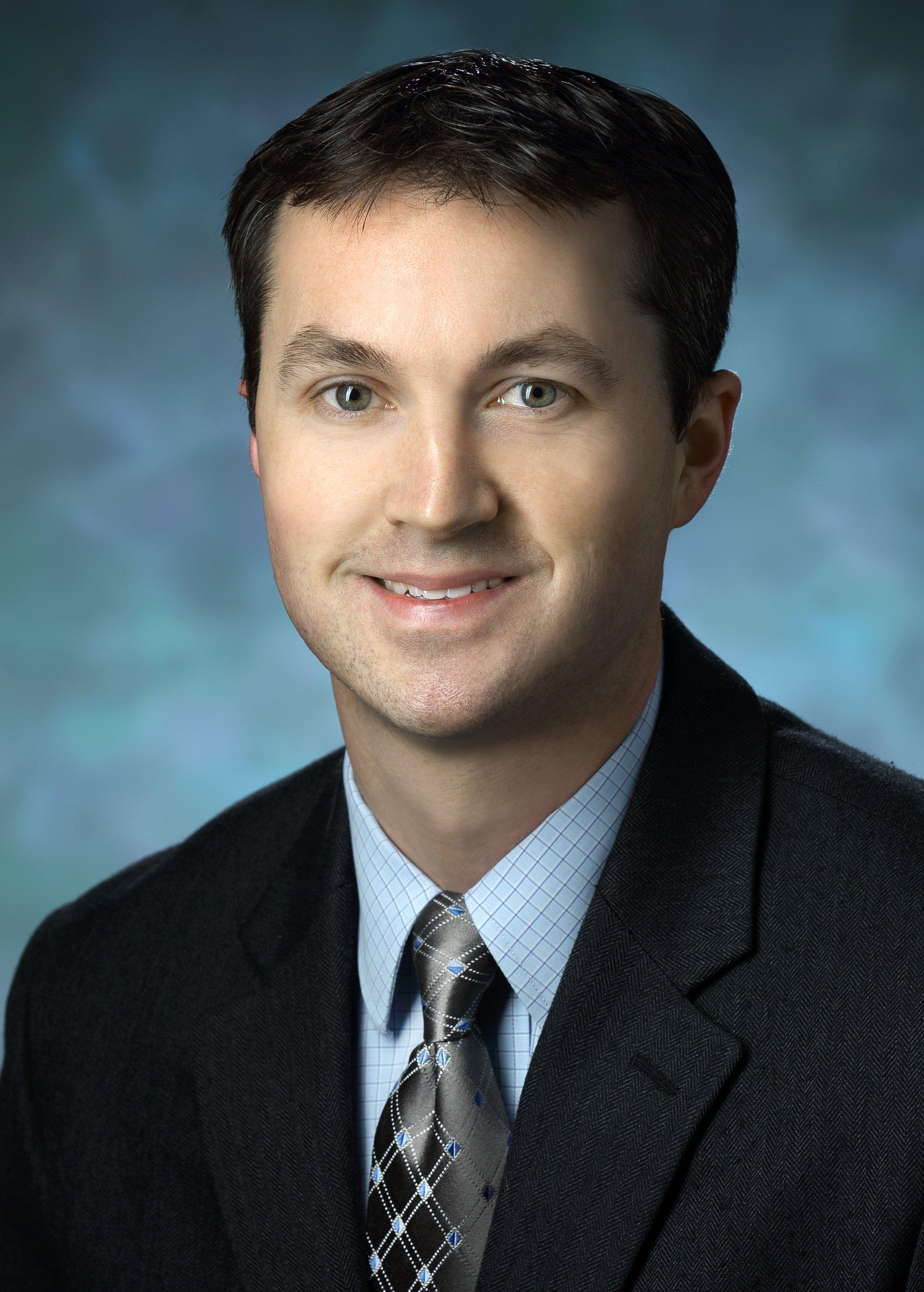Article
SGLT2 Inhibitor, GLP-1 Receptor Agonist Prescribing Increased Sharply Since 2015
New data suggests the number of prescriptions for SGLT2 inhibitors in the US has doubled since 2015 with prescriptions for GLP-1 receptor agonists tripling during the same time period.
This study was originally published on PracticalCardiology.com.
Michael Blaha, MD, MPH

A new analysis of national prescription data from 2015-2020 details the sharp increase in prescribing of SGLT2 inhibtiors and GLP-1 RAs, with results suggesting the total number of annual prescriptions for SGLT2 inhibitors doubling and the annual number of GLP-1 RA prescriptions tripling from 2015-2020.
An analysis of data from the IQVIA National Prescription Audit from January 2015-December 2020, results suggest the increase in prescriptions was most apparent among cardiologists, who saw a 12-fold increase in monthly prescriptions for SGLT2 inhibitors and a 4-fold increase for GLP-1 RAs during the study period, with endocrinologists prescribing the most SGLT2 inhibitors and GLP-1 RAs per capita.
“Our study demonstrates that while prescriptions from cardiologists for SGLT2i and GLP‐1RA medications have increased many‐fold since 2015, they continue to account for a very small share of the use of these therapies. Most prescriptions were provided by PCPs/internists, while endocrinologists accounted for the most prescriptions per provider,” wrote investigators.
Conducted by Michael J. Blaha, MD, MPH, and a team of colleagues from Johns Hopkins Bloomberg School of Public Health, the current study was launched with the intent of describing contemporary trends in SGLT2 inhibitor and GLP-1 RA use among cardiologists compared against clinicians in other specialties. With this in mind, investigators designed their study as a descriptive analysis of serial, cross-sectional data from the IQVIA National Prescription Audit, which captures approximately 90% of retail prescription dispensing in the US, to estimate monthly trends in prescription from 2005-2020. For the purpose of analysis, investigators also used the American Medical Association’s Physician Masterfile to assess the average annual SGLT2 inhibitor and GLP-1 RA prescriptions dispensed per physician during the study period.
From 2015-2020, a total of 63.2 million SGLT2 inhibitors and 63.4 million GLP-1 RA medication were dispensed in the US. Initial analysis indicated annual prescriptions doubled for SGLT2 inhibitors and tripled for GLP-1 RAs from 2015 to 2020, with the average annual growth rate of 15.6% for SGLT2 inhibitors and 25.2% for GLP-1 RAs during the 6-year study period. Further analysis demonstrated the monthly prescriptions dispensed for SGLT2 inhibitors among cardiologists increased 12-fold, with 2228 dispensed in January 2015 compared to 25,815 in December 2020. For GLP-1 RAs, the monthly dispensed prescription increased 4-fold from 1927 dispensed in January 2015 to 6981 in December 2020.
When assessing rates of increases relative to other specialties, results indicate cardiologists outpaced the overall increase for SLGT2 inhibitors, with a 532% increase seen among cardiologists compared to 101% increase overall, but lagged for overall increase for GLP-1 RAs, with a 160% increase seen among cardiologists compared to a 207% increase overall.
Despite these increases in prescription, investigators pointed out cardiologists represented a small proportion of national monthly totals, with cardiologists accounting for 0.5% of SGLT2 inhibitor prescriptions in January 2015 and 1.9% in December 2020. For GLP-1 RAs, the proportion of prescriptions from cardiologists declined during the study period from 0.5% in January 2015 to 0.4% in December 2020.
Other key points from the study can be found below:
- PCPs/Internists prescribe more SGLT2 inhibitors and GLP-1 RAs than any other specialty, accounting for 57% and 52% of SGLT2 inhibitor and GLP-1 RA prescriptions, respectively, in 2020.
- Endocrinologists led in terms of prescription per physician, with rates of 272 prescriptions per endocrinologist for SGLT2 inhibitors and 405 prescriptions per endocrinologist for GLP-1 RAs.
- Canagliflozin controlled the greatest share of SGLT2 inhibitor prescriptions at the beginning of the study period, but was surpassed by empagliflozin in 2017. From 2017 onward, empagliflozin controlled the greatest share of SGLT2 inhibitor prescriptions.
- Following the release of DAPA-HF results at ESC 2019, a decrease in empagliflozin’s share of SGLT2 inhibitor prescriptions was observed, with the share decreasing by 18% from September 2019 to December 2020. During that same period, dapagliflozin’s share increased by 23%.
- Share of GLP-1 RA prescriptions shifted during the study period as well, with weekly GLP-1 RAs representing 76% of the GLP-1 RAs prescriptions from cardiologists in January 2015 to 19% in December 2020.
- Among both cardiologists and noncardiologists, the most dispensed GLP‐1 RAs in 2020 were dulaglutide (39% of cardiology GLP‐1RAs and 45% of noncardiology GLP‐1RAs) followed by semaglutide (37% of cardiology GLP‐1 RAs and 28% of noncardiology GLP‐1RAs), which are both weekly injections.
In their discussion, investigators describe their stance on cardiologists' underprescription of these agents despite the marked improvements in prescriptions rates observed in recent years.
“In light of prior estimates showing that 40% to 70% of patients with T2D and CVD see a cardiologist each year,that an individual with T2D and CVD is equally as likely to encounter a PCP and 4 times less likely to encounter an endocrinologist as they are a cardiologist in a given year,and that one‐third of the patients that cardiologists manage have diabetes,our results demonstrating a limited role of cardiologists in disseminating SGLT2i and GLP‐1RA therapies present an opportunity to optimize access to these cardiometabolic therapies,” wrote investigators.
This study, “National Trends in Use of Sodium‐Glucose Cotransporter‐2 Inhibitors and Glucagon‐like Peptide‐1 Receptor Agonists by Cardiologists and Other Specialties, 2015 to 2020,” was published in the Journal of the American Heart Association.




